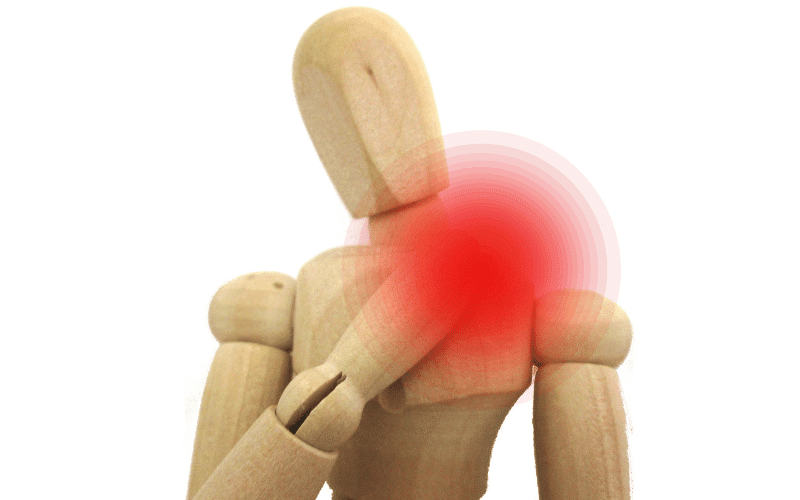Symptom 3: Rigidity – The Unyielding Sign of Synucleinopathy

Muscle stiffness, or rigidity, ranks third in our exploration of synucleinopathy symptoms. This is a state in which the muscles remain involuntarily tensed, leading to reduced motion and flexibility.
At its inception, rigidity is subtle. You may notice a certain inflexibility in your movements or a reduced range of motion. Tasks that involve fluid movements, such as reaching for objects on a high shelf or bending to pick something up, might feel more laborious than before.
Rigidity in synucleinopathy is a direct result of the α-synuclein proteins’ buildup in the brain. These proteins interfere with the normal functioning of neurons, leading to continuous muscle contraction and stiffness. The phenomenon is similar to trying to untie a tightly knotted rope – the neurons cannot send effective signals to release the muscle contraction, leading to rigidity.
As the condition progresses, rigidity can become more pervasive, affecting different muscle groups. This can lead to a decreased range of motion and even impact simple tasks like walking or getting out of a chair. Despite its potential to disrupt daily life, recognizing rigidity can guide us closer to an understanding of synucleinopathy.(3)